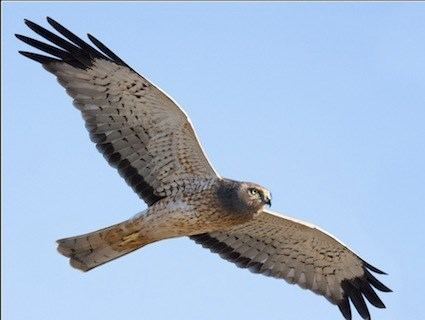Phylum Chordata Scientific name Circinae Rank Subfamily | ||
 | ||
Similar Hen harrier, Western marsh harrier, Montagu's harrier, Common buzzard, Pipit | ||
A harrier is any of the several species of diurnal hawks sometimes placed in the subfamily Circinae sub-family of the Accipitridae family of birds of prey. Harriers characteristically hunt by flying low over open ground, feeding on small mammals, reptiles, or birds. The young of the species are sometimes referred to as ring-tail harriers. They are distinctive with long wings, a long narrow tail, the slow and low flight over grasslands and skull peculiarities. The harriers are thought to have diversified with the expansion of grasslands and the emergence of C4 grasses about 6 to 8 million years ago during the Late Miocene and Pliocene.
Contents
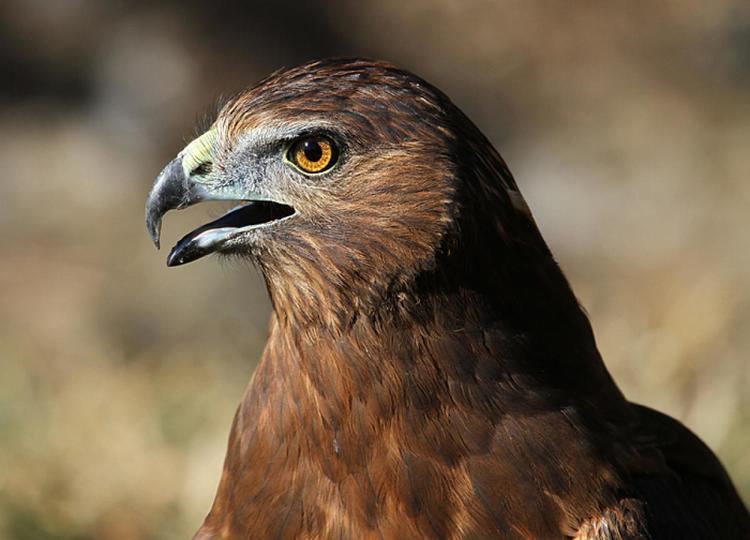
Etymology
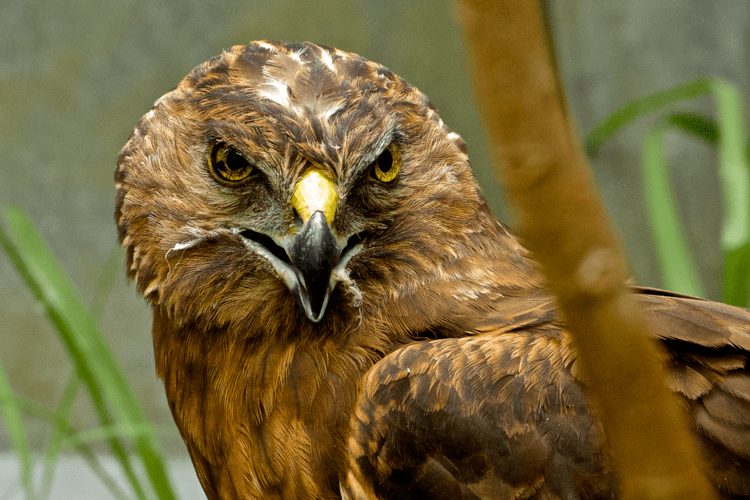
The genus Circus was introduced by the French naturalist Bernard Germain de Lacépède in 1799. Most harriers are placed in this genus. The word Circus is derived from the Ancient Greek kirkos, referring to a bird of prey named for its circling flight (kirkos, "circle"), probably the hen harrier. The word "harrier" is thought to have been derived by a corruption of harrower which means to pillage, strip or tear up and may come from the Scottish word harry derived from old French harer which means "to rob".
Ring-tails
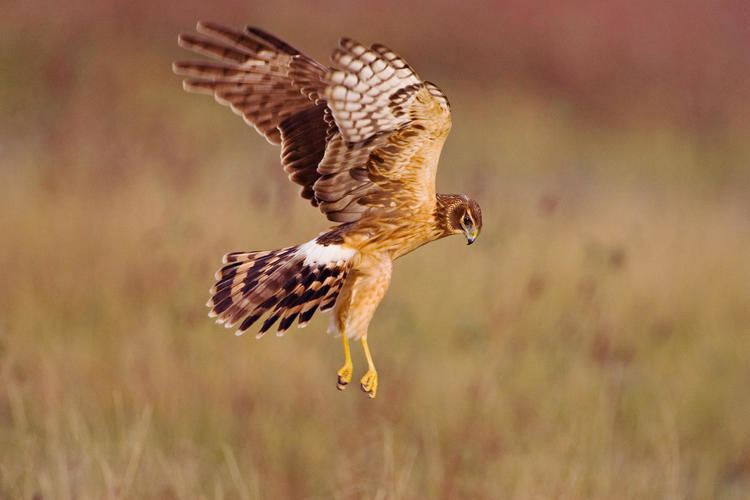
Ring-tail is an informal term used by birders for the juveniles and females of several harrier species when seen in the field and not identifiable to an exact species. Ring-tail harriers include the juveniles and females of Montagu's harrier (Circus pygargus); northern or hen harrier (Circus cyaneus); and pallid harrier (Circus macrourus).
Species
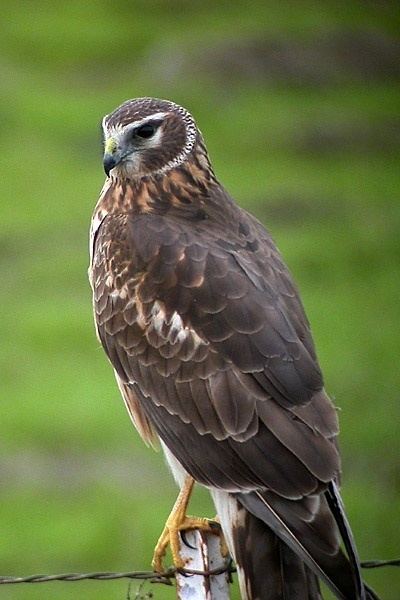
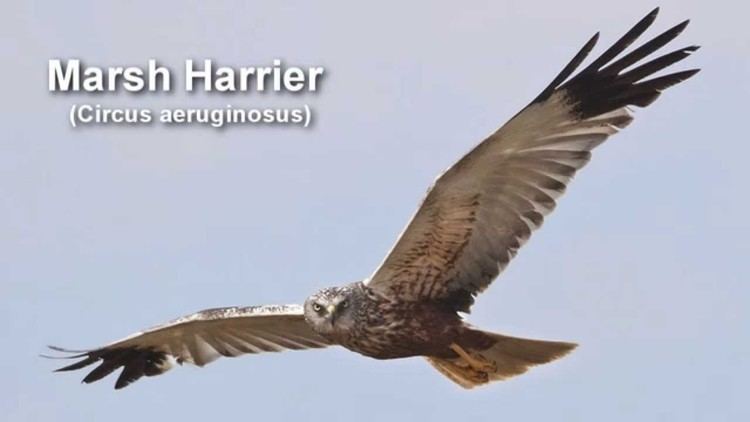
The subfamily Circinae has traditionally included the genera Polyboroides and Geranospiza which include three species - the Madagascar Harrier-Hawk, Polyboroides radiatus, the African Harrier-Hawk, Polyboroides typus and the Crane Hawk, Geranospiza caerulescens. This may however not be a valid subfamily as the monophyletic genus Circus is nested within the Accipiter groups while the other two genera are non-monophyletic and are part of the larger Buteonine clade. Many species in the genus Circus show very low diversity in their mitochondrial DNA due perhaps due to extreme drops in their populations. They are prone to fluctuations with varying prey densities.
